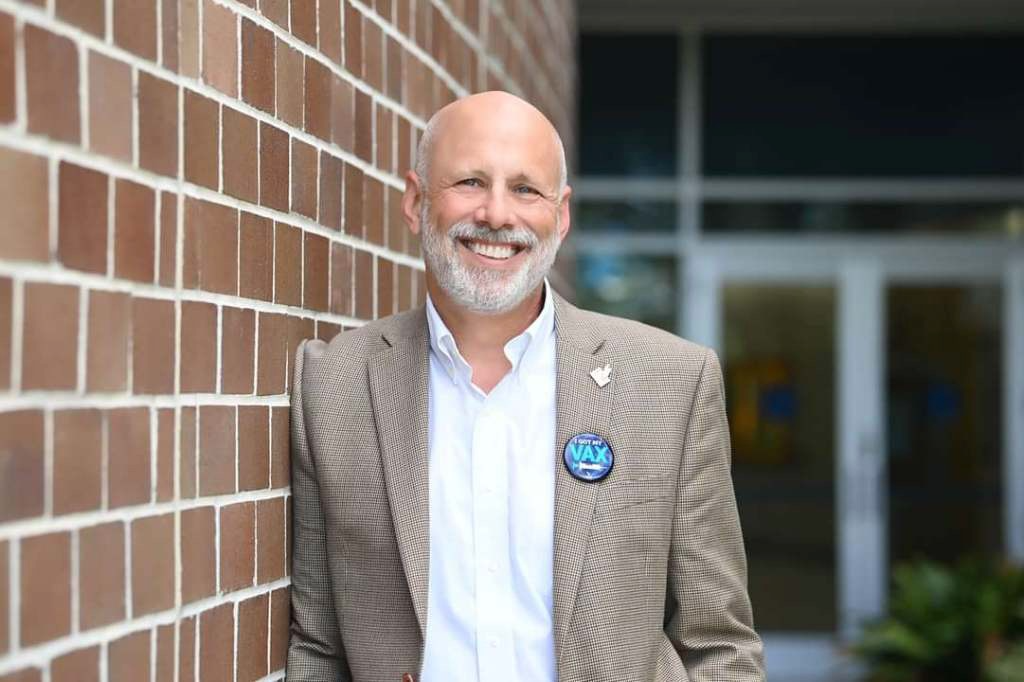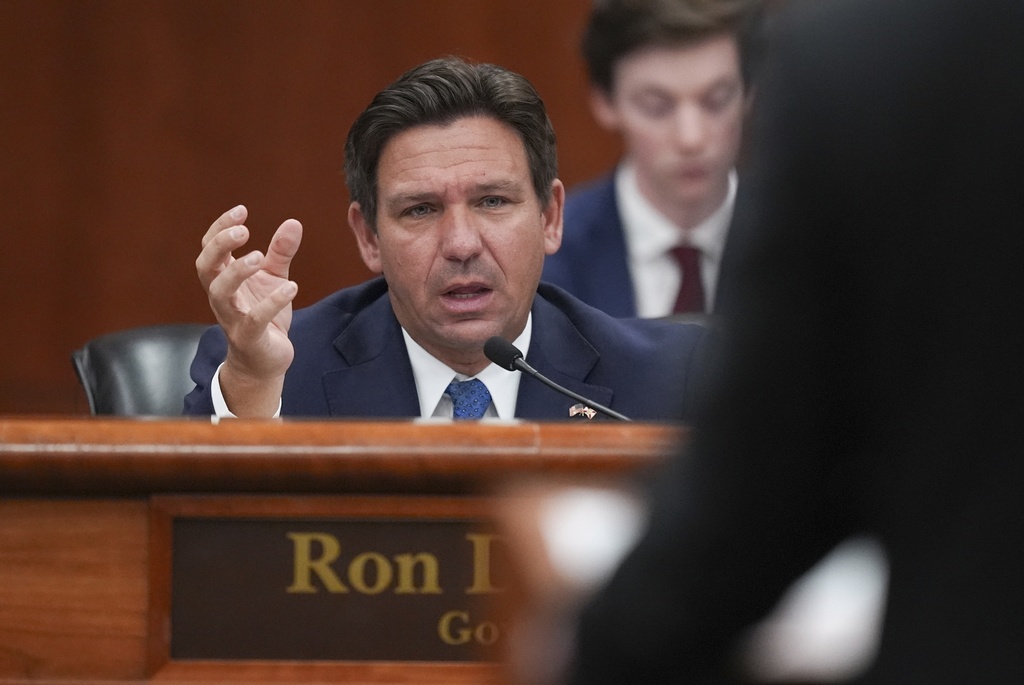The Spinnaker contributed to that total last year, when $1,400 — about 3 percent of that year’s A&S budget — was left unspent. That’s close to the usual buffer we keep in case there’s higher than normal payroll at the year’s end.
But let’s say we were being conservative because some of the ad money we expected from SG — after all, there are line items within SG budgets for buying ads in this paper, for events, elections, etc. — was never spent.
So, following their policy of making cuts where money is left over, they reduced that line for 2013-14 to $2,000 from the 2012-13 amount of $5,000. That $3,000 difference amounts to about half of the Spinnaker’s 10 percent budget cut.
While SG doesn’t have to buy ads in the Spinnaker, why wouldn’t they? This isn’t a case of not spending as much money as expected on office supplies, this is choosing not to support a student organization with money already allocated for that specific purpose in its budget — meaning they couldn’t even decide to use it for something else deemed more worthy. It just sat there … then rolled back up into the A&S auxiliary.
Every year, the organizations SG funds give budget presentations explaining why they want to increase, maintain or decrease their budgets. The Spinnaker requested that our subscription fee stay the same, and made it clear how our organization would be hurt should funds be cut.
We assume other organizations did, too — such as the Intercultural Center for PEACE, which was cut $8,000. Even if they didn’t use every penny of last year’s budget, that 156 percent cut means they won’t be able to hold events they did fund this year, like the Native American Celebration.
Then there’s the Child Development Resource Center, which will have to raise its rates to continue operating at its current standards.
We understand that making the budget is a difficult process — the senators involved work long hours balancing it, knowing most organizations won’t be satisfied. It’s a pretty thankless job.
Which is why we’re questioning the decision to not even attempt to request a fee increase for the A&S budget.
After all, Fassi said a $1.50 increase for the Athletic Department was validated because the Athletic Department pays for scholarships that must increase every year along with tuition.
Soon after, Fassi said he opposed a 40-cent increase requested by the Disability Resource Center because a limited number of students use the DRC’s services.
But the Spinnaker reported in September that about 900 students use the DRC’s services. The current total of all of the players listed on all of the Athletic Department’s rosters is less than 300.
All students are affected by the organizations that A&S fees fund. For the good of each one, we hope to see a shift in the priorities and perspective of the people who have the ears of the most fiscally powerful bodies of this university.







